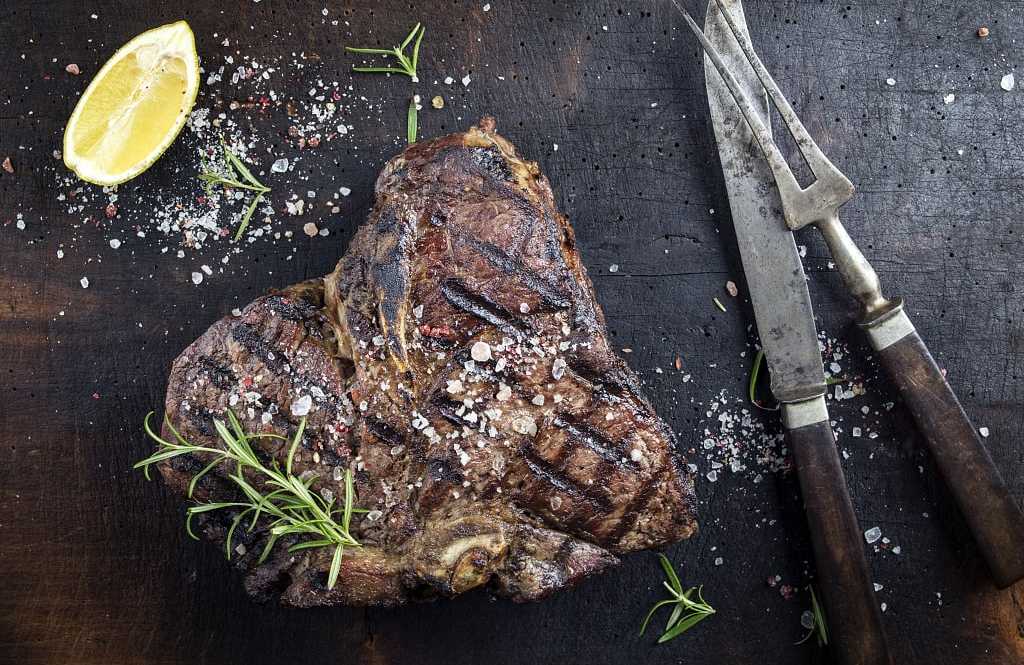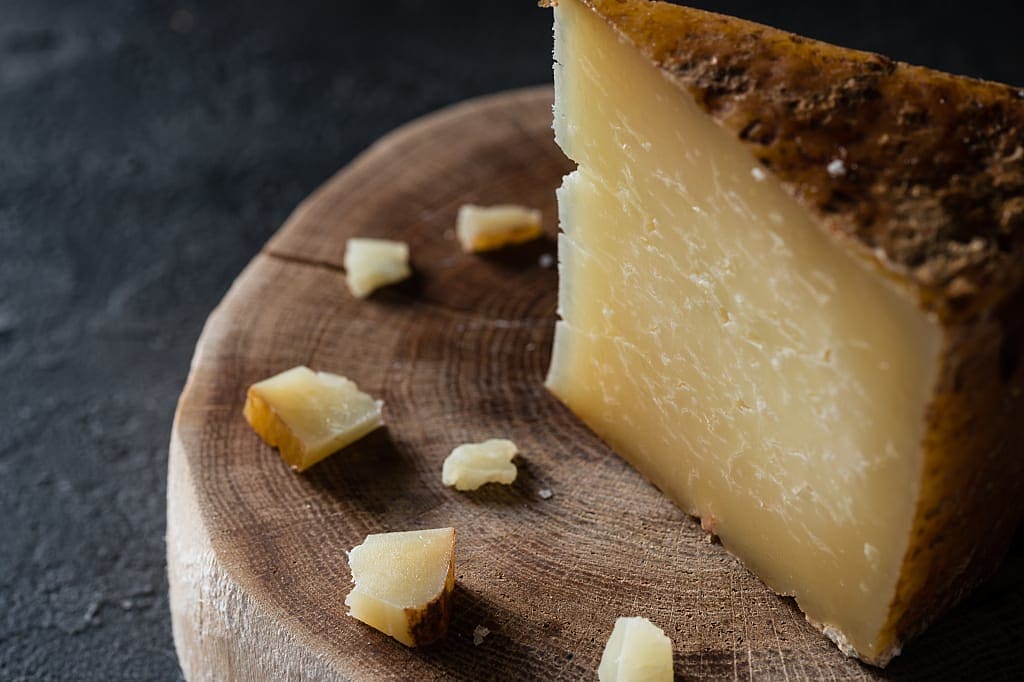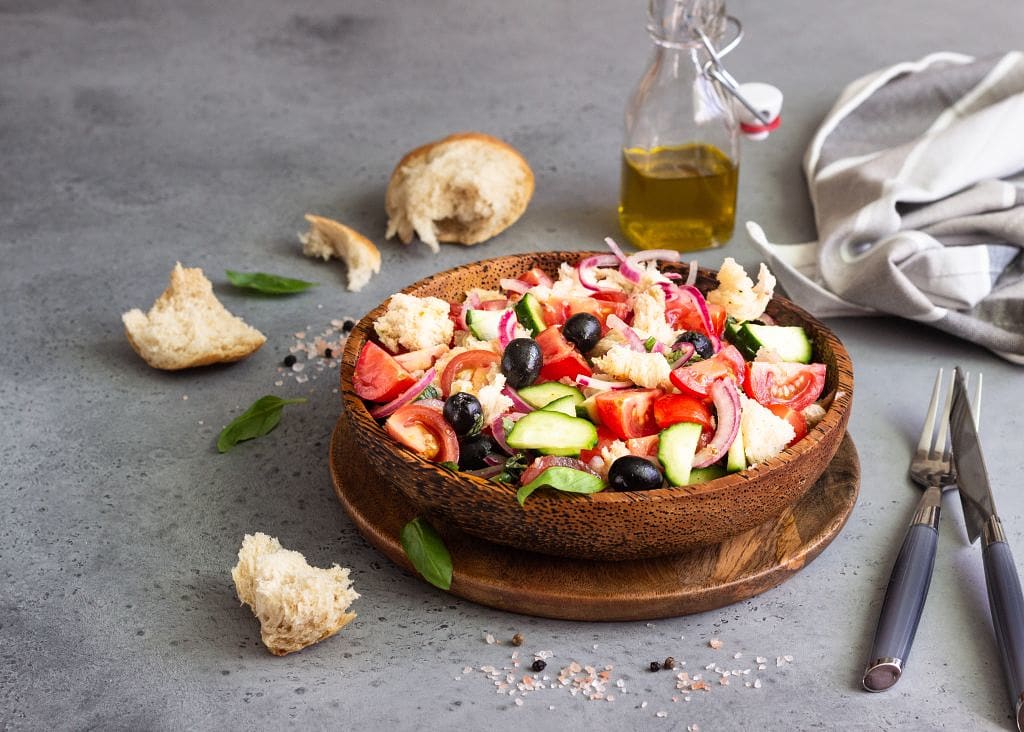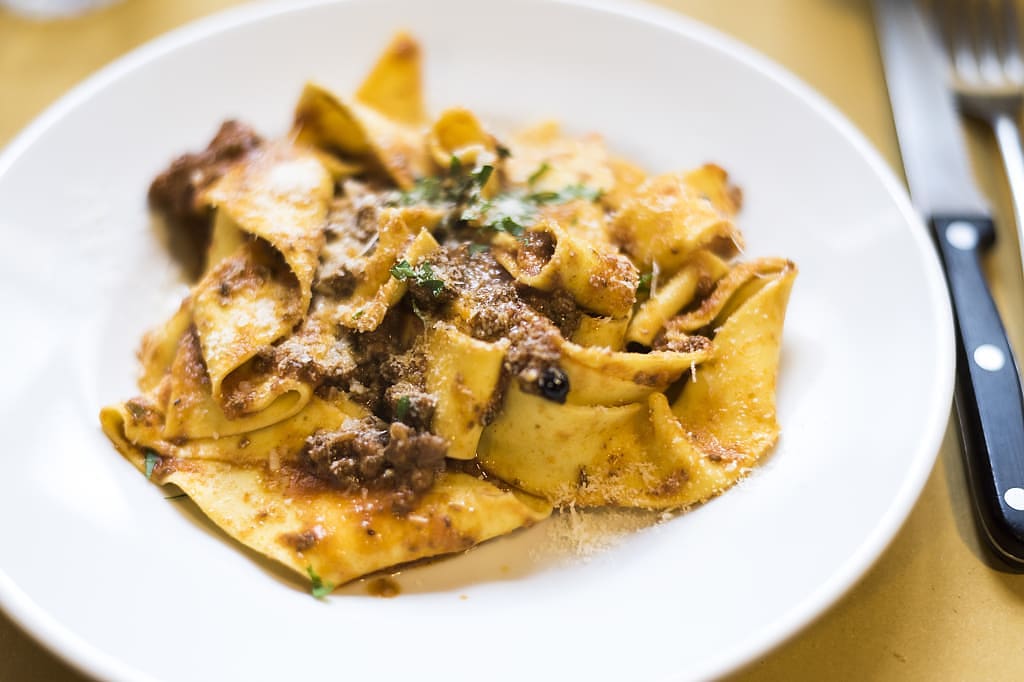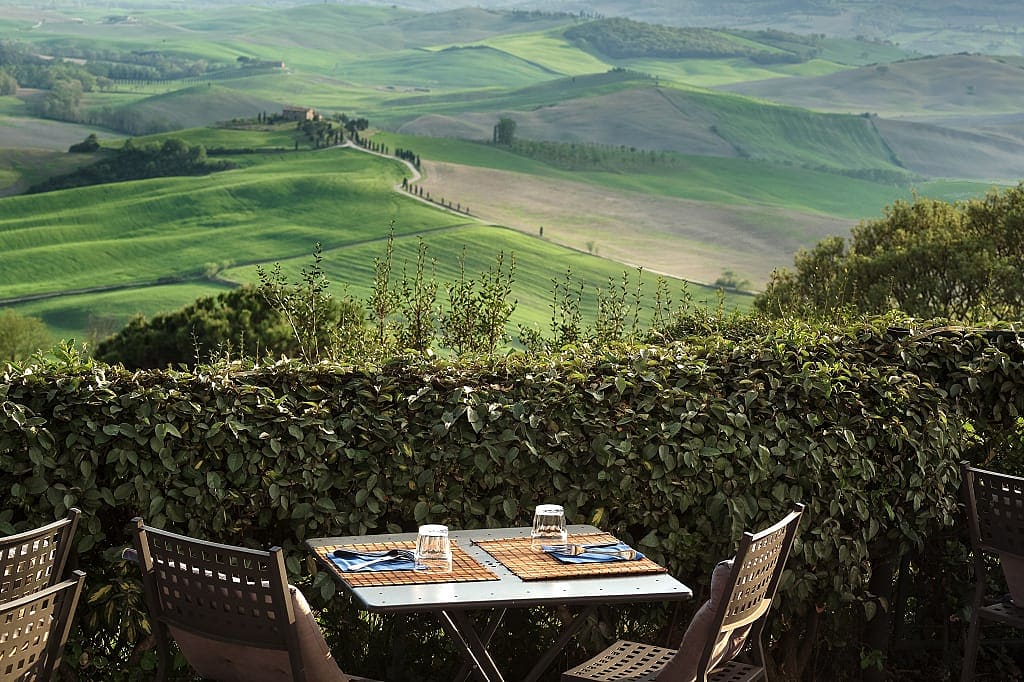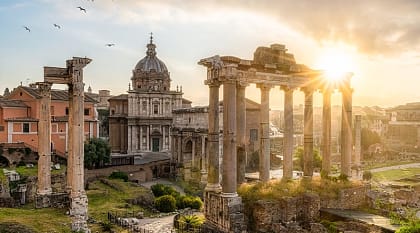While many don’t equate bread as a gastronomic status symbol, Tuscany’s bread is famous for its flavor and its continued production based on a historic recipe dating back to the 12th century. Salt became an expensive luxury in the 1100s, causing Florentines to save their salt for preserving meat. The resulting flavor of the bread is bland but supports the explosive, layered tastes of other ingredients when used in broader recipes. The traditional bread has a soft interior and crunchy crust with a slight scent of toasted hazelnuts.
1. Tuscan Bread DOP

